Model of converting ineffective rice land to high-yield aquaculture of Mr. Le Van Tinh's household, Hoang Thanh commune.
In previous years, more than 5 sao of rice fields of Mr. Le Van Tinh's family in village 3, Hoang Thanh commune were located in a low-lying area, where rice cultivation was often flooded and had low productivity. Encouraged and guided by the local authorities to convert ineffective agricultural land to aquaculture, Mr. Tinh accumulated an additional 0.5 ha of low-lying land from neighboring households to invest in digging ponds to raise freshwater fish combined with livestock, forming a comprehensive economic model. According to Mr. Le Van Tinh, since the conversion, after more than 1 year of raising traditional freshwater fish, the average yield has reached 4 tons. Together with livestock and poultry farming, after deducting costs, the profit is nearly 200 million VND/year.
In the first 6 months of 2025, the whole province flexibly converted the area of low-yield, low-efficiency rice land to other crops, reaching 863.7 hectares. Of which, 673.6 hectares were converted to annual crops; 153.5 hectares were perennial crops and 36.6 hectares were combined with rice and aquaculture. According to the assessment of the Department of Agriculture and Environment, the models of converting from rice cultivation to other annual crops are all more effective than rice cultivation. Typically: The model of growing yellow melon in Yen Dinh commune, Dong Son ward brings in an income of 250 - 300 million VND/ha/year; growing flowers and ornamental plants in Ham Rong ward brings in an income of 200 - 250 million VND/ha/year; growing chili in Tay Do commune brings in an income of 250 million VND/ha/year; growing vegetables in Dong Quang ward brings in an income of 180 - 200 million VND/ha/year. The area converted from rice cultivation to perennial crop cultivation has high economic efficiency, such as: The model of growing ornamental peach trees in Quang Chinh commune has an income of more than 400 million VND/ha/year, the model of growing fruit trees in Tho Xuan commune has an income of 150 - 300 million VND/ha/year... For the area converted from rice cultivation to rice cultivation combined with aquaculture, most of it is done on low-lying rice land that is often flooded in the rainy season, so the summer-autumn rice crop is unstable. Although the economic efficiency is not much higher than growing 2 rice crops/year, households that convert 1 spring rice crop and 1 fish crop have a relatively stable income of 50 - 90 million VND/ha/year.
Determining the flexible conversion of low-yield, low-efficiency rice land to other crops is one of the important solutions to improve the efficiency of rice land use, especially rice areas with lower economic efficiency than other crops. Since the beginning of the year, the Department of Agriculture and Environment has urged and guided localities to promote the conversion of crop structure on inefficient rice land through the production plan of the crop production sector. However, currently, the remaining inefficient rice areas are mainly in the midlands and mountainous areas with complex terrain, limited traffic, irrigation, etc., so the conversion work is facing many difficulties. In addition, the majority of households with agricultural land are still fragmented and small-scale, making it difficult to produce agricultural products in the direction of goods, and the output market for converted products is still unstable, leading to a lack of encouragement for production households to invest in conversion.
To ensure the flexible conversion of low-yield, low-efficiency rice land to other crops, the Department of Agriculture and Environment is actively coordinating with communes and wards to guide, inspect and supervise the conversion of perennial crops on remaining rice land to ensure compliance with the provisions of the Law on Cultivation and current legal provisions. At the same time, the list of perennial crops that can be converted on rice land is reviewed and supplemented in accordance with each development period and the actual situation of the locality. At the same time, relevant units of the agricultural sector coordinate with localities to inspect and supervise the implementation results, promptly handle violations of crop conversion on rice land according to regulations.
Article and photos: Le Hoi
Source: https://baothanhhoa.vn/chuyen-doi-dat-trong-lua-hieu-qua-thap-sang-cay-trong-khac-256643.htm


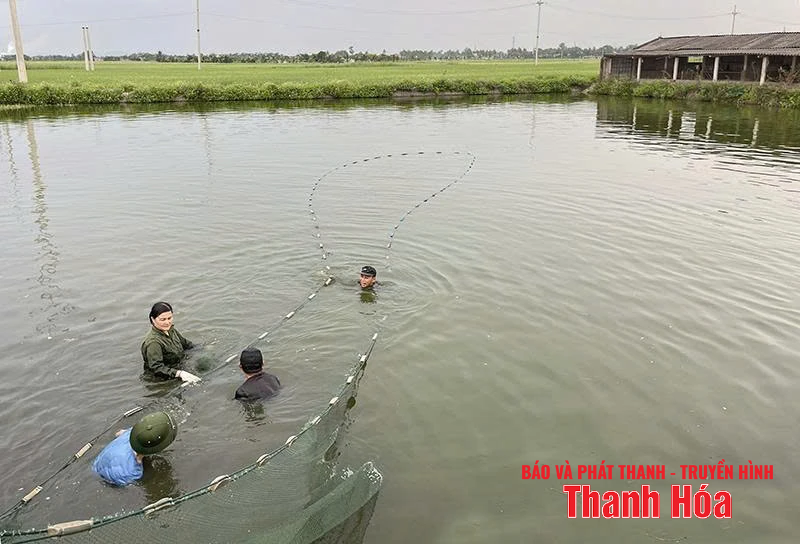
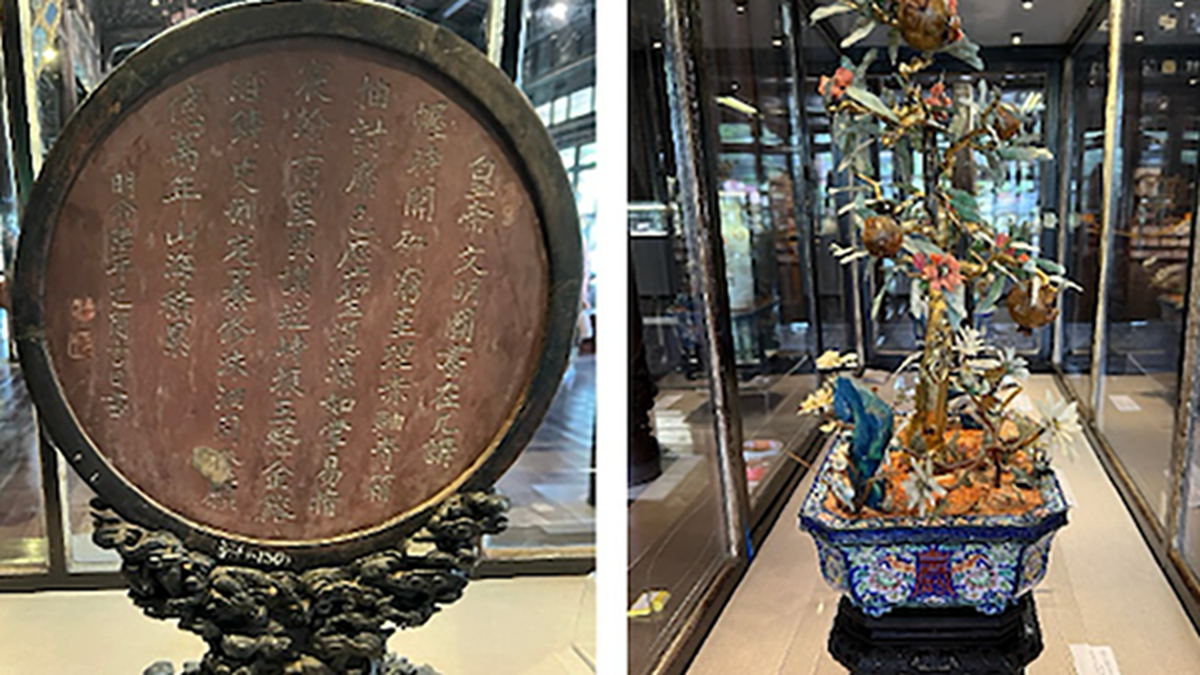


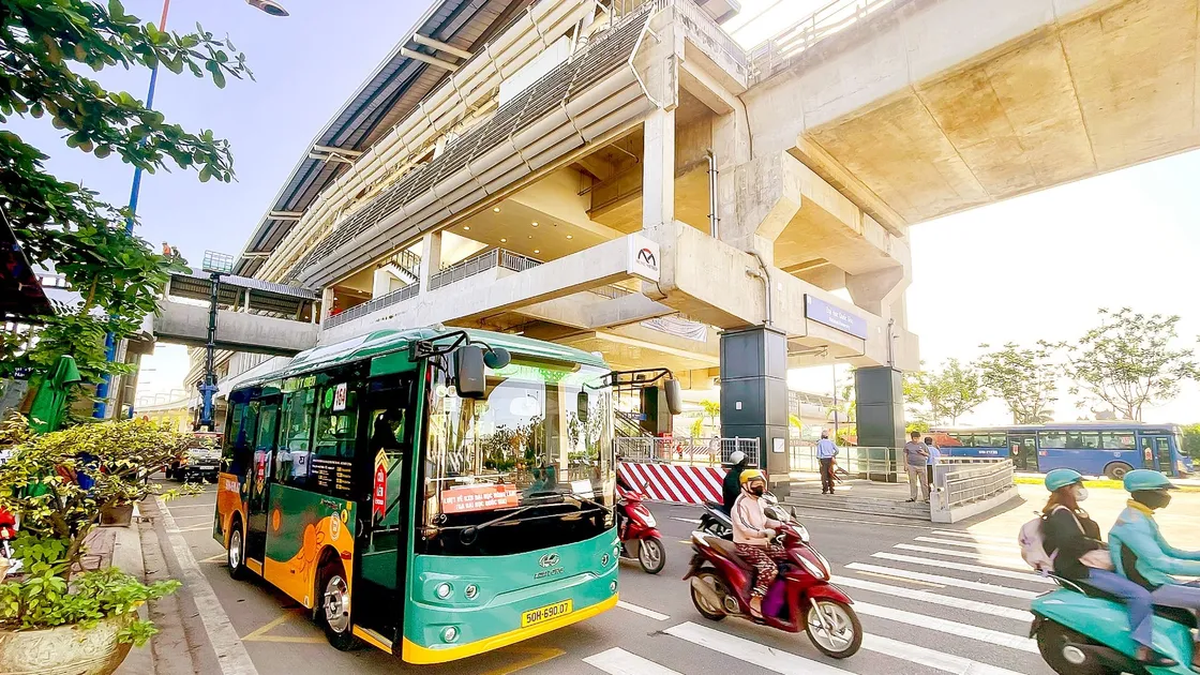


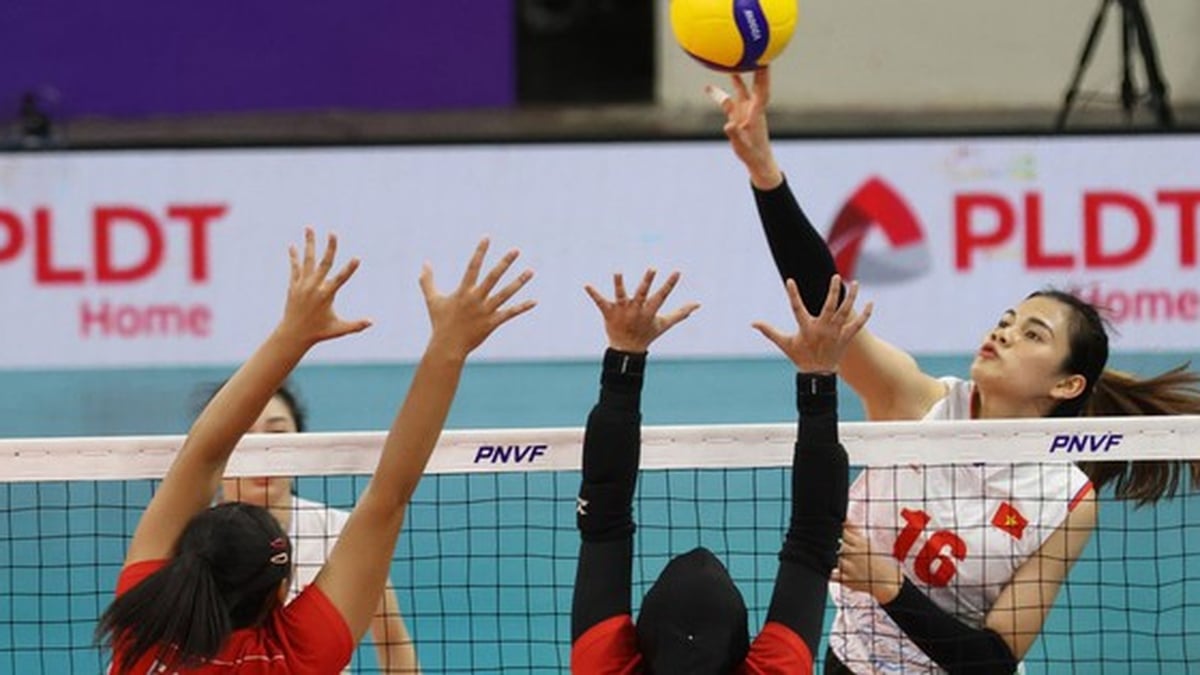
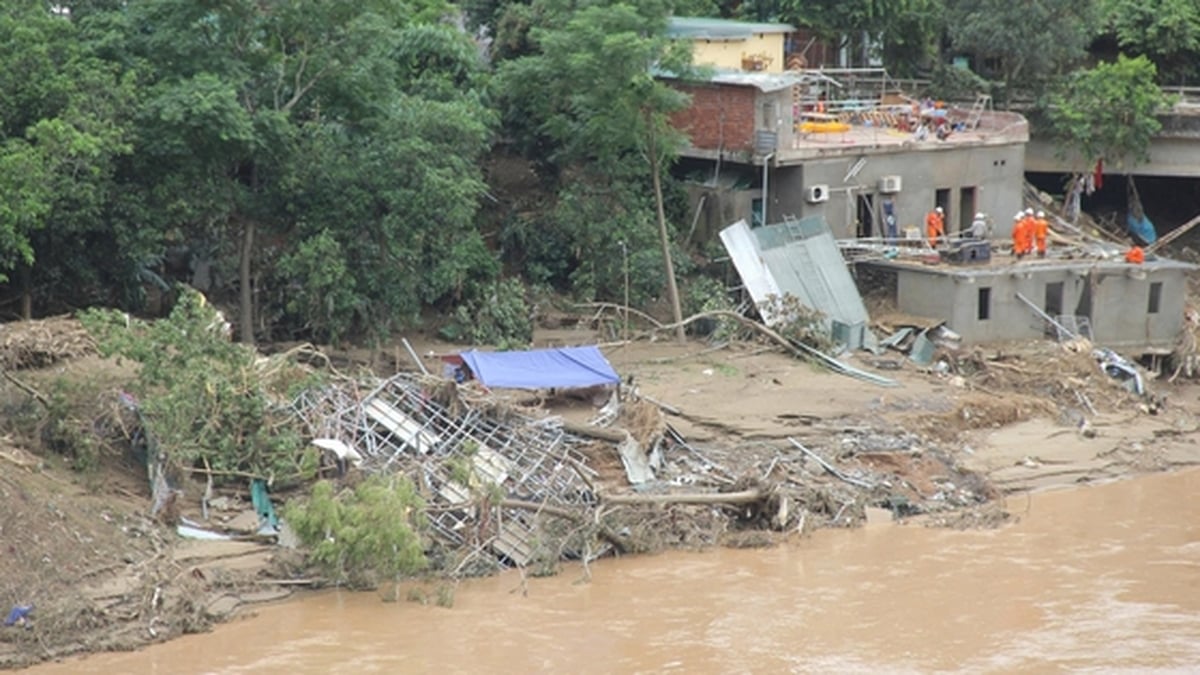
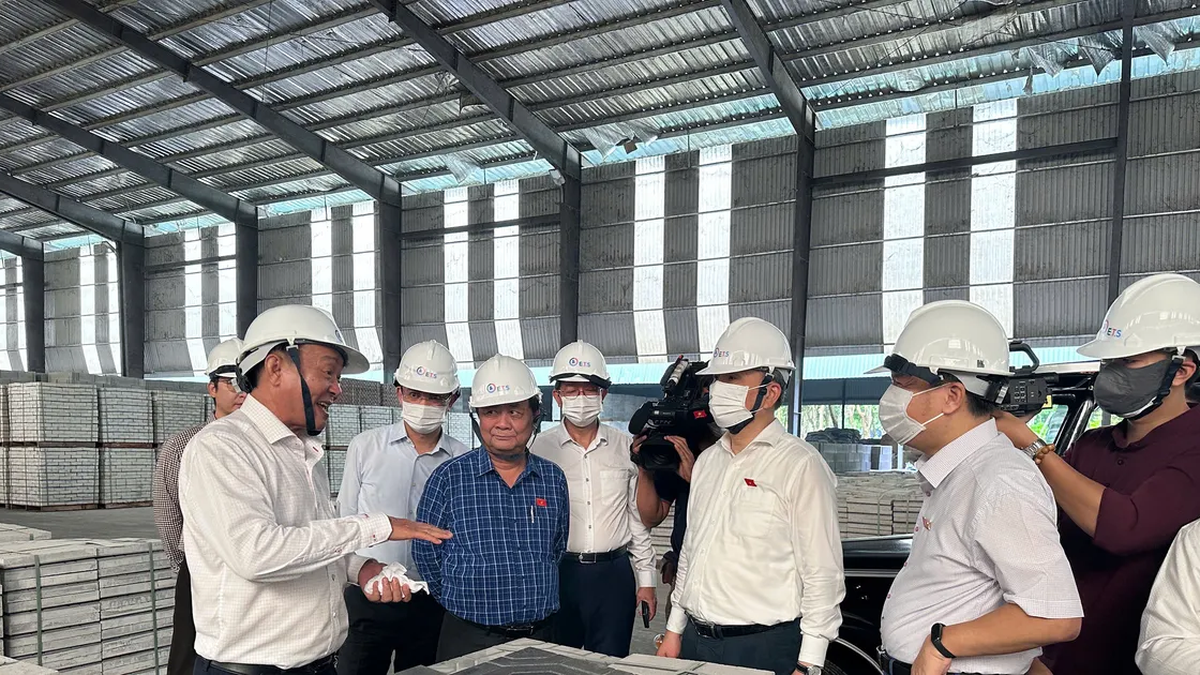
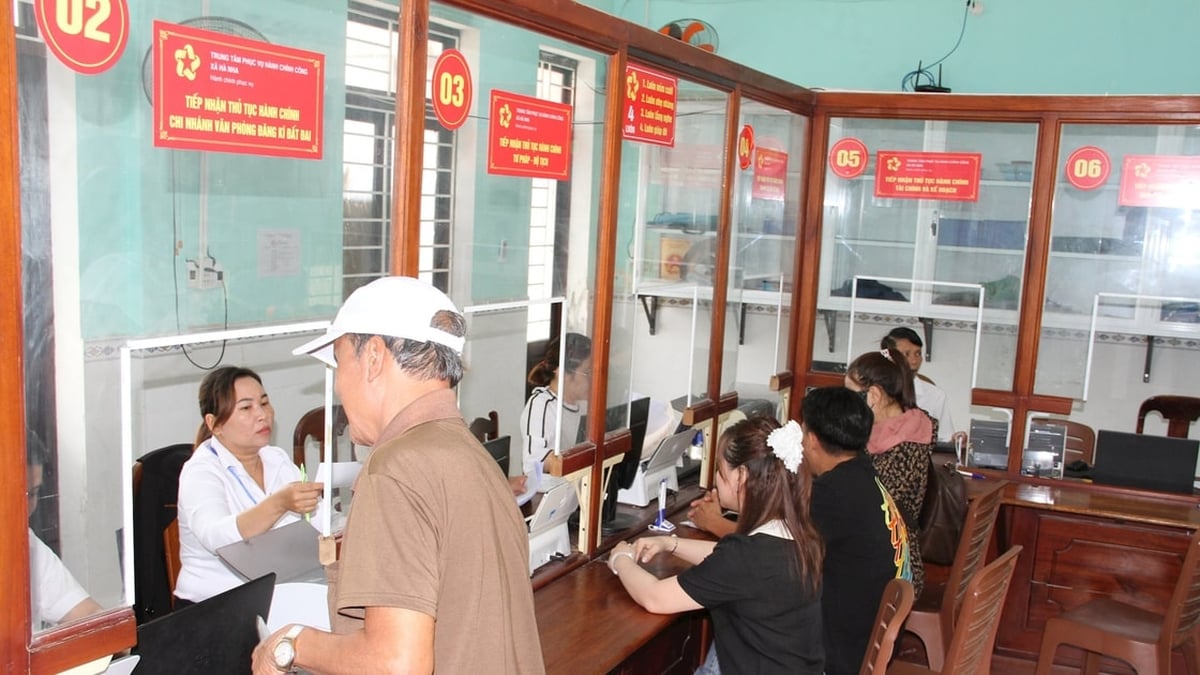




























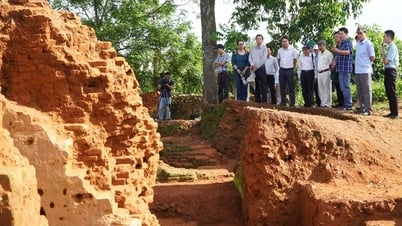






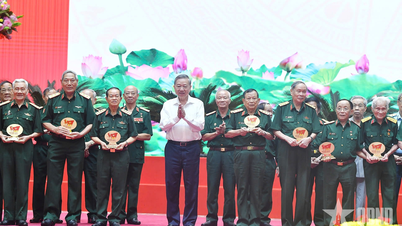




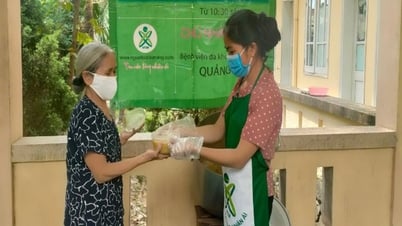


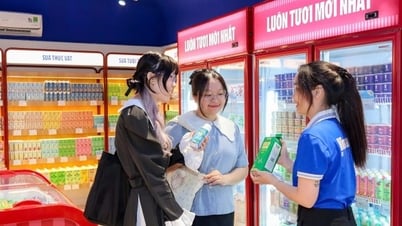
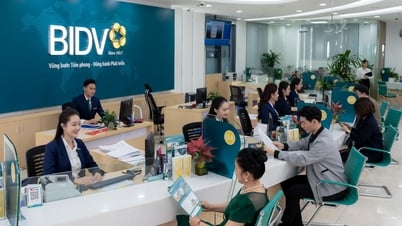



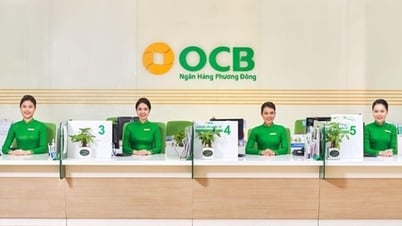

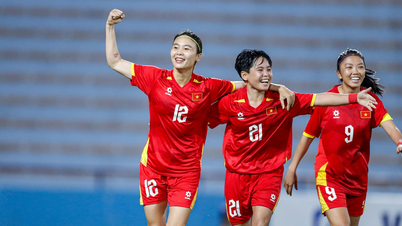






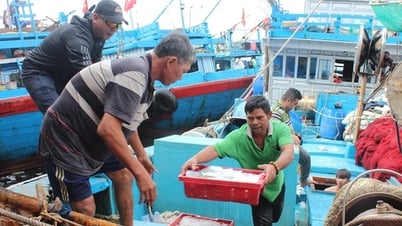




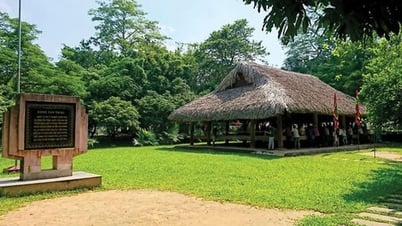


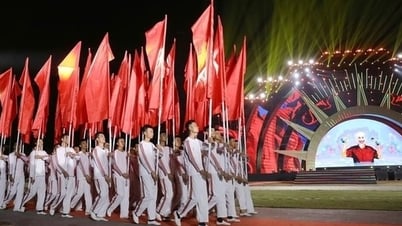








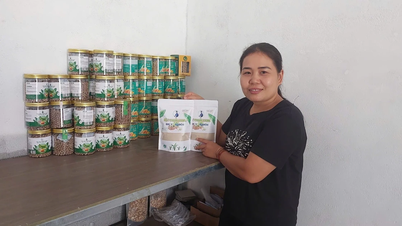

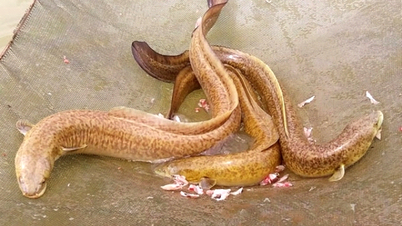








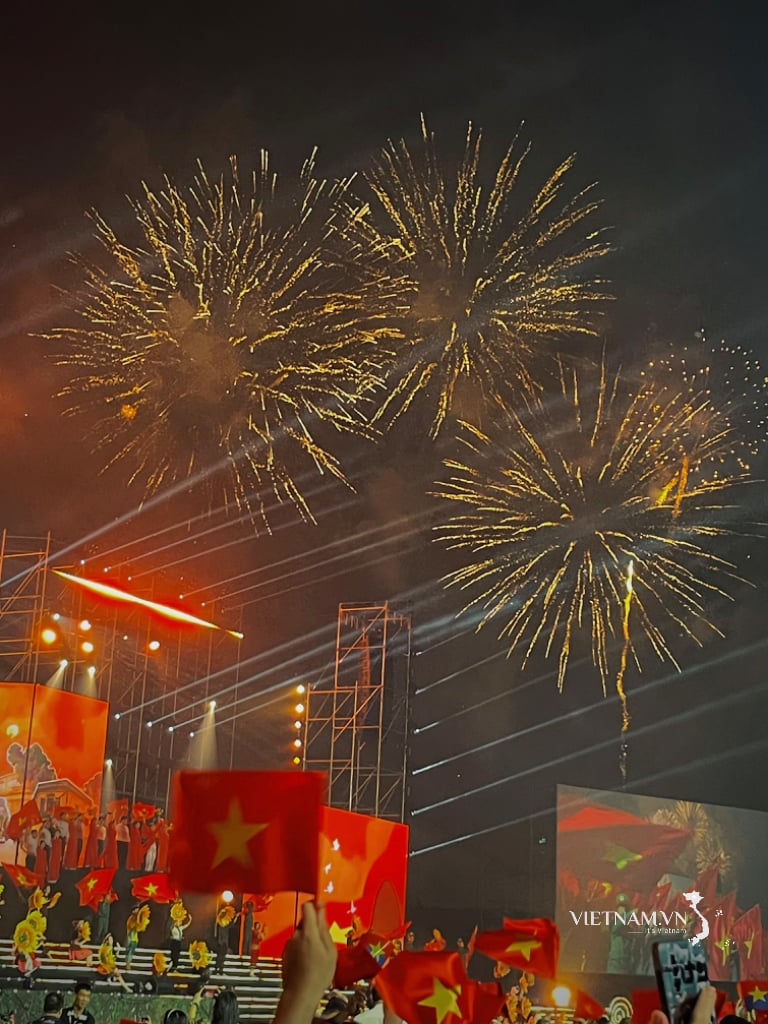

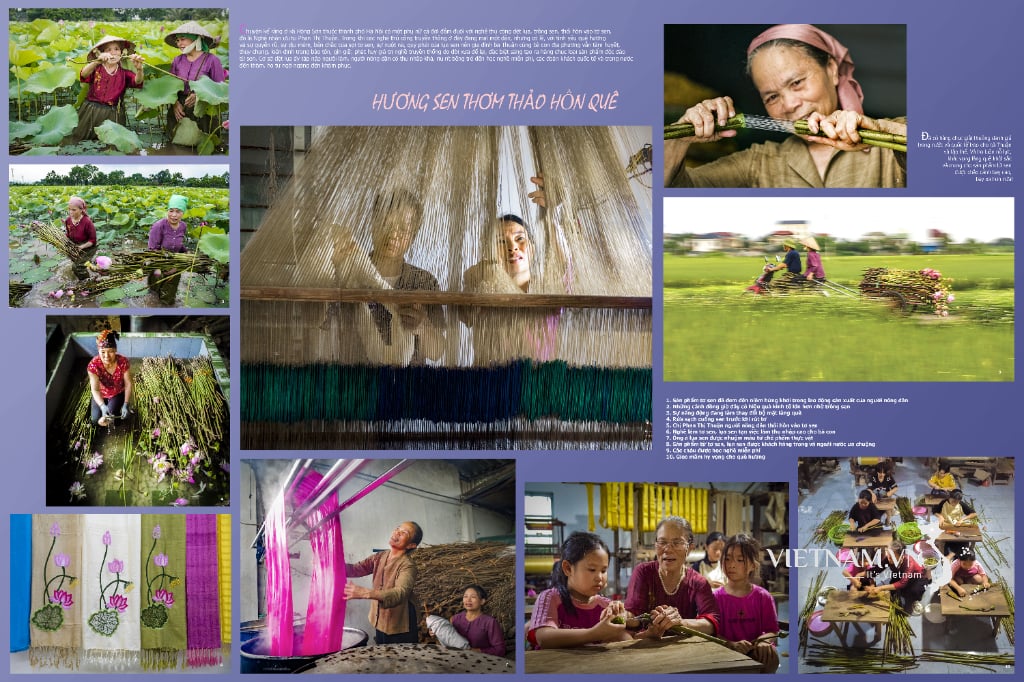
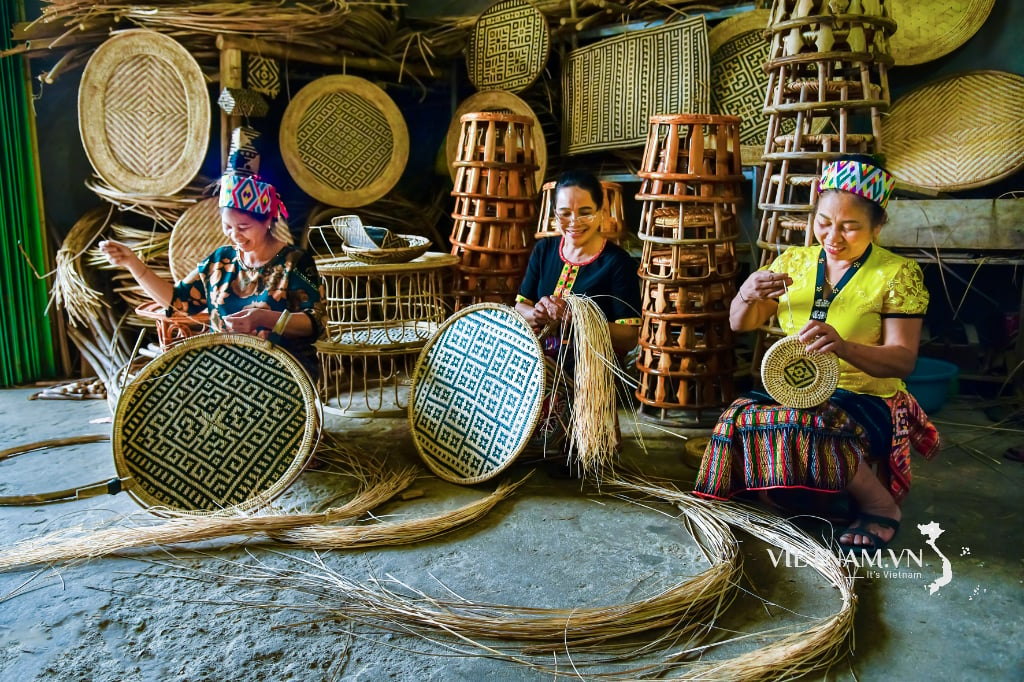
Comment (0)